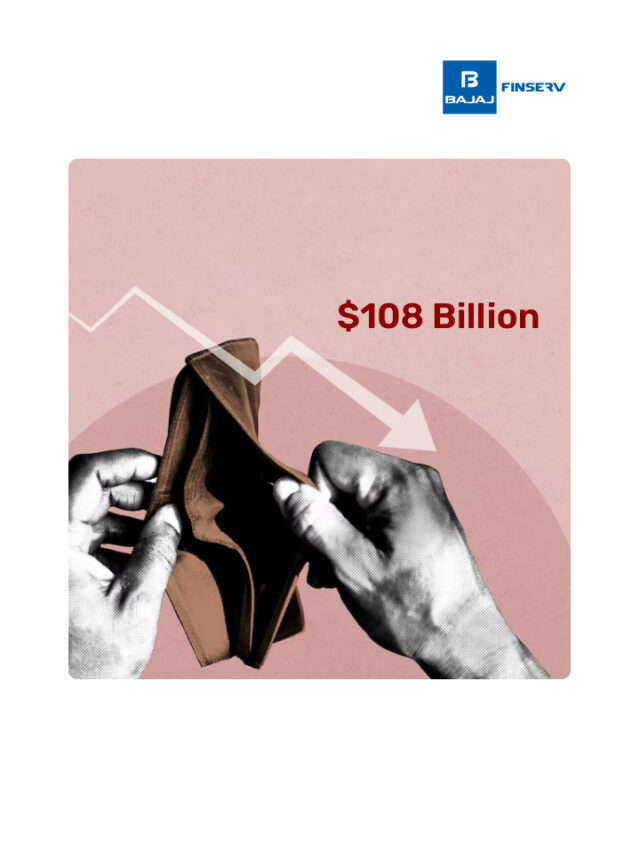What is Support and Resistance in the Stock Market?
Last Updated on September 27, 2023 by BFSLTeam BFSLTeam

Support and resistance in stock market are fundamental concepts within the realm of technical analysis, a critical approach for interpreting price charts accurately.
Price movements are fundamentally driven by the interplay between supply and demand. When demand surpasses supply, prices rise, and conversely, when supply outweighs demand, prices fall. On occasions, prices remain relatively stable, reflecting an equilibrium between supply and demand.
In technical analysis, grasping these concepts is straightforward, but achieving mastery in their application typically demands years of practice.
Table of Content [hide]
What is Support and Resistance in Stock Market?
- Support
In a downtrend, prices decline due to excess supply, eventually reaching a point where demand matches supply. This marks a support level. It’s a price zone where demand usually surpasses supply, causing the price decline to halt and reverse.
- Resistance
Resistance is the opposite of support. In uptrends, demand surpasses supply, pushing prices higher. However, at a certain point, selling pressure can outweigh buying interest, creating a resistance level. This is where supply begins to overwhelm demand.
Also Read: What are the Factors Affecting Share Prices?
Understanding Support and Resistance in Stock Market with Examples
Support and resistance in stock market are two important concepts in technical analysis that reflect the market psychology of buyers and sellers. To understand how they work, let’s look at some hypothetical scenarios of different types of market participants and their actions.
- Scenario 1: Buyers near support
Suppose there is a stock that has a support level at ₹50, which means that the price tends to bounce back from this level when it falls. Some buyers have been buying this stock near the support level, hoping to profit from the price rebound. For example, they buy some shares at ₹50 and then sell them at ₹55, making a ₹5 profit per share. They are happy with their trade and want to repeat it. They decide to wait for the price to drop back to ₹50 and buy more shares there. They are creating demand at the support level, which helps to prevent the price from falling further.
- Scenario 2: Buyers who missed the opportunity
Now imagine there are some other buyers who were interested in buying the same stock at ₹50, but they hesitated or delayed their decision. They missed the chance to buy the stock at ₹50 and saw it rise to ₹55. They regret not buying it earlier and want to get in on the action. They decide to buy the stock if it comes back to ₹50 again, thinking that it is a good deal. They are creating potential demand at the support level, which also helps to keep the price from breaking below it.
- Scenario 3: Buyers who changed their mind
Finally, consider another group of buyers who bought the stock at a lower price than ₹50, say ₹40. They sold their shares at ₹50, making a ₹10 profit per share. However, they soon realised that they sold too early and that the stock continued to rise to ₹55. They want to get back into the market and buy the stock again, but they don’t want to pay more than what they sold it for. They decide to buy the stock if it drops back to ₹50, where they sold it before. They have changed their sentiment from sellers to buyers. They are creating more demand at the support level, which further strengthens it.
- Scenario 4: Sellers near resistance
Now let’s switch gears and look at the opposite situation. Suppose there is a stock that has a resistance level at ₹55, which means that the price tends to fall back from this level when it rises. Some sellers have been selling this stock near the resistance level, hoping to profit from the price decline. For example, they sell some shares at ₹55 and then buy them back at ₹50, making a ₹5 profit per share. They are happy with their trade and want to repeat it. They decide to wait for the price to rise back to ₹55 and sell more shares there. They are creating supply at the resistance level, which helps to prevent the price from rising further.
- Scenario 5: Sellers who regretted their decision
Now imagine there are some other sellers who owned the stock at ₹50, but they didn’t sell it when it reached ₹55. They saw the price fall back to ₹50 and regretted not selling it earlier. They decide to sell the stock if it goes back to ₹55 again, thinking that it is a good opportunity. They are creating potential supply at the resistance level, which also helps to keep the price from breaking above it.
- Scenario 6: Sellers who changed their mind
Finally, consider another group of sellers who sold the stock at a higher price than ₹55, say ₹60. They bought back their shares at ₹55, making a ₹5 profit per share. However, they soon realised that they bought too early and that the stock continued to fall to ₹50. They want to get out of the market and sell the stock again, but they don’t want to lose money on their trade. They decide to sell the stock if it rises back to ₹55, where they bought it before. They have changed their sentiment from buyers to sellers. They are creating more supply at the resistance level, which further weakens it.
These are just some examples of how different market participants can influence the formation and strength of support and resistance levels. There are many other possible scenarios and factors that can affect these levels as well. If you have traded before, you may have experienced some of these scenarios yourself or observed them in others. You are not alone in your feelings and thoughts about trading. There are countless other traders who share similar sentiments and reactions as you do, and this is what makes technical analysis a useful tool for understanding and predicting market behaviour.
Also Read: Bollinger Bands: An Introduction to the Indicator that Helps Predict Market Volatility
Factors Affecting Support and Resistance in Stock Market
- Role of Trendlines: Trendlines play a crucial role in support and resistance analysis. In an uptrend, trendlines drawn below the price provide support, while in a downtrend, trendlines drawn above the price act as resistance.
- Timing Trades: Traders often base their trades on the belief that support and resistance levels will hold. They can enter or exit positions when the price approaches these levels. If the price respects these levels, traders can benefit; if not, they might cut their losses.
- Chart Timeframes: Support and resistance in stock market exist on all charting timeframes, from daily to weekly and monthly. Longer timeframes typically yield more significant support and resistance levels.
- Round Numbers: Prices often struggle to move beyond round numbers (e.g., ₹50 or ₹100 per share) due to traders’ psychological preferences. These levels can act as strong barriers.
- Moving Averages: Moving averages are essential tools in identifying support and resistance. They create automatic support and resistance levels and help traders anticipate price movements.
- Other Indicators: Numerous technical indicators, such as Fibonacci retracement, help identify support and resistance levels by analysing past price action.
- Trading Ranges: Trading ranges occur when support and resistance levels are closely spaced, causing prices to bounce between them. Traders may employ strategies based on these ranges.
- Support and Resistance Reversals: Previous support levels can become resistance levels when prices attempt to move upward, and vice versa. Chart analysis helps traders identify these reversals.
Summing It Up
In conclusion, support and resistance in stock market levels are pivotal in technical analysis, guiding traders and investors in making informed decisions. These levels are based on historical price behaviour and market psychology, serving as critical reference points for anticipating future price movements. Understanding and using support and resistance in stock market effectively can enhance trading strategies and decision-making.










